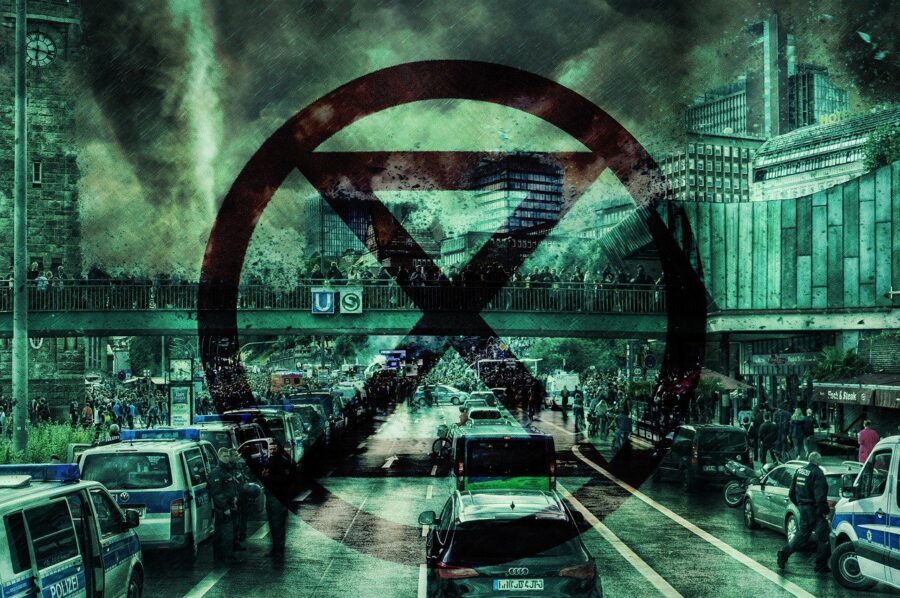Mass Extinction Event Is On The Horizon, Start Building Your Bunker
A mass extinction event could be on the horizon if things don't break right. There are increasingly alarming signs pointing to it happening
This article is more than 2 years old

These days if you hear someone utter something about a mass extinction event you are likely thinking of a massive asteroid hitting the earth. Or maybe it’s because well, a pandemic swept the globe and this time just decided to wipe out all of human life instead of just part of it. Maybe you are going a little more sci-fi and aliens attacked from a distant planet. Heck, it could even be something along the lines of a nuclear war in which some fed up world leaders got a little too close to the red buttons in a fit of rage over geopolitical turmoil (or their massive egos). But a mass extinction event that comes in the form of bacterial blooms? Well, I don’t think that cracks anyone’s top five, though according to a recent Vice article, it really it should.
Scientists are starting to warn that the next mass extinction event on Earth could be a repeat of something our tiny blue orb has seen once before, about 250 million years ago when almost all of life was wiped out thanks to a convergence of a few major events. The bacterial and algae blooms that are starting to show up in and around freshwater sources over the globe are a source of concern for scientists who are warning that they could portend an incoming disaster for future generations. This next mass extinction event could come from a tiny place.
The scientists are particularly concerned with microbial blooms of bacteria that are becoming increasingly more commonplace around the world and have been correlated with the aforementioned mass extinction event a quarter-billion years ago. These blooms form in freshwater sources and end up killing other plant life in the water, making what scientists then call a dead zone. This is problematic for a number of fairly obvious reasons, the primary one being that the freshwater then can’t help sustain other organisms and when the rest of the ecosystem sustains damage, it can’t recover.

What is leading to these microbial blooms increasing, setting the stage for mass extinction event? Good old CO2 baby. In the previous event, there were a few converging factors that led to the blooms. An uptick in volcanic eruptions that blanketed parts of the world with clouds that held gases in the atmosphere was the first thing. Combine that with forest fires decimating large swaths of growth and a steady supply of nutrients for the blooms to “feed” on all led to blooms putting the rest of the environment in a proverbial chokehold. It killed everything off. This time around it’s more CO2 of the man-made variety, the effects of global warming causing the increase. Not exactly a warm and fuzzy feeling about what’s happening on Earth.
All of this feel-good stuff about an upcoming mass extinction event comes from scientists and researchers who published the study in Nature Communications. If you want to get into the nerdy technical stuff, the study can be found here. These dudes roll deep with the information and not much of it is all that encouraging. It sure seems like the rise of these blooms is going to, at worst, make places on Earth real rough to try to live in for humans and other organisms alike.
So a mass extinction event might not come in the form of a fiery red blaze across the sky before it makes impact, or a zombie horde stumbling through the suburbs. It could come in a much smaller, though equally deadly form. And it could be all because of global warming.











